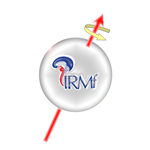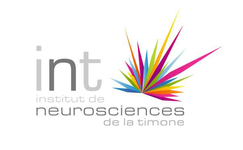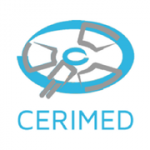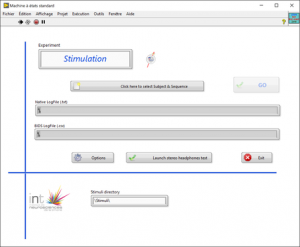Context of use
The stimulation environment of the MRI Center is based on a complete hardware architecture but also includes software control based on parallelism, synchronization and real-time .
This software environment was entirely developed under LabVIEW. This modular and scalable implementation, associated with a flexible and generic protocol description formalism (and compatible with the BIDS (Brain Imaging Data Structure) formalism) allows to easily create programs that can be specifically dedicated to different protocols.
Software for testing and deploying an fMRI protocol
Each fMRI study is developed and validated with the researchers. The program thus produced can be deployed in a “test” version in the working environment of the research teams. This allows the protocol to be tested (and validated on behavioural aspects before the MRI acquisition campaign) and also to train the subjects in the task and the use of specific peripherals. In this mode, the MRI Trigger synchronization mechanism is emulated in a software way.
A “basic” version of this software environment has been developed. It allows the implementation of simple stimulation modalities: image, sound, text.
This program only works on Windows versions later or equivalent to version 7.
The program comes with a complete package to implement a standard locator (more info on https://github.com/cosanlab/Pinel_localizer). This pack illustrates the use and formalism of the different concepts (protocol description files, stimulation file and data, behavioural results, etc.).
Link to the stimulation software installer
Documentation (PDF): to be read before starting the installation 😉
Protocol optimization
The design and optimization of MRI experimental protocols is a broad issue. The MRI Center actively participates in the design of protocols by supporting teams in this crucial phase.
Visit our page on the design and optimization of fMRI experimental protocols.



